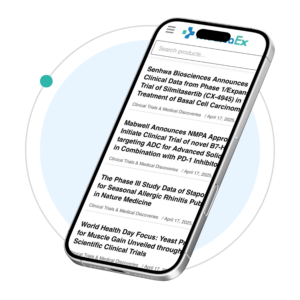Table of Contents
Alzheimer’s Disease (AD) is a neurodegenerative disorder that affects the overall quality of life. Individuals are unable to perform their routine tasks, thereby it increases caregiver burden. The introduction of wearable sensor technologies aims to provide a simple, affordable, and reliable means for monitoring patients.
Current evidence
Remote monitoring technologies have the potential to enhance delivery of care in elderly people with dementia problem. Digital tools allow timely evaluation and intervention
Although, wearable devices are widely studied, but their adoption by people with Alzheimer requires deeper understanding. Therefore, a recent study investigated the usage of various devices among people with dementia and their caregivers through hands-on experiments, focussed discussions, and presentations.
Engagement in public involvement activity (PI) will provide a better understanding regarding the features of the devices. By public participation advisory board can categorize the devices by order of their preference, metrics and overall usefulness.
Feedback on wearable devices is critical to design devices that minimize barriers to successful use of digital devices.
Why smart wearables devices are need of the hour?
Smart healthcare solutions can monitor health status of older adults. In addition, they can delay nursing home admissions, promote safe assessment of older patients via mobile devices and wearables
What patient wants?
In a recent study, different devices were prepared to understand the patient perception regarding various devices, including:
- Bracelet 1: Wearable device that measures sleep, heart rate, and steps. It is highly accurate and comfortable with a 7-day battery life and monochrome touchscreen.
- Bracelet 2: Wearable device that measures sleep, heart rate, steps and 3D movements. It is bulkier, highly accurate, and has 2 days battery life with colour screen.
- Bracelet 3: Wearable device that measures sleep, and steps. It was the lightest, had no screen and 7-day battery life.
- Bracelet 4: Wearable device that measures sleep, heart rate, perspiration, heart rate variability and steps. The device had high accuracy, 1-day battery life, although it was large and heavy
Benefits and Concerns
After asking the patients about different devices, the most important parameters and metrics were taken into consideration. This will help the caregivers to select the devices carefully that meets patient expectations.
Majority of the patients mentioned that devices should be: Comfortable, easy to manage, waterproof and appealing. Others mentioned that the wearables devices should provide useful information about their health such as heart rate, sleep, and other data such as time, date etc
Participants were concerned that they might forget to charge their devices, lose it or misplace it. In case, if the device does not work or they forget how to use it patients may become anxious.
Factors that affect adoption of smart wearables among older population
According to a recent systematic review, several factors influence the acceptance level of older people. The most common barrier includes access and familiarity, trust, design, precision, need for assistance, cost of the device, compromised dexterity, and physical limitations (hearing loss).
Older people may forget how to use devices, due to their limited training and understanding regarding the technology.
Insight
Acceptance of digital devices depends not only on the functionality but also how suitable they are for daily use. Elderly people should be trained and educated to become aware regarding the tools. Wearable devices have the ability to positively influence the health and reduce caregiver burden. Remote monitoring technologies are widely accepted and its incorporation will make elderly people more independent.
Future studies should analyse the perception and parameters to promote the success of smart devices.







